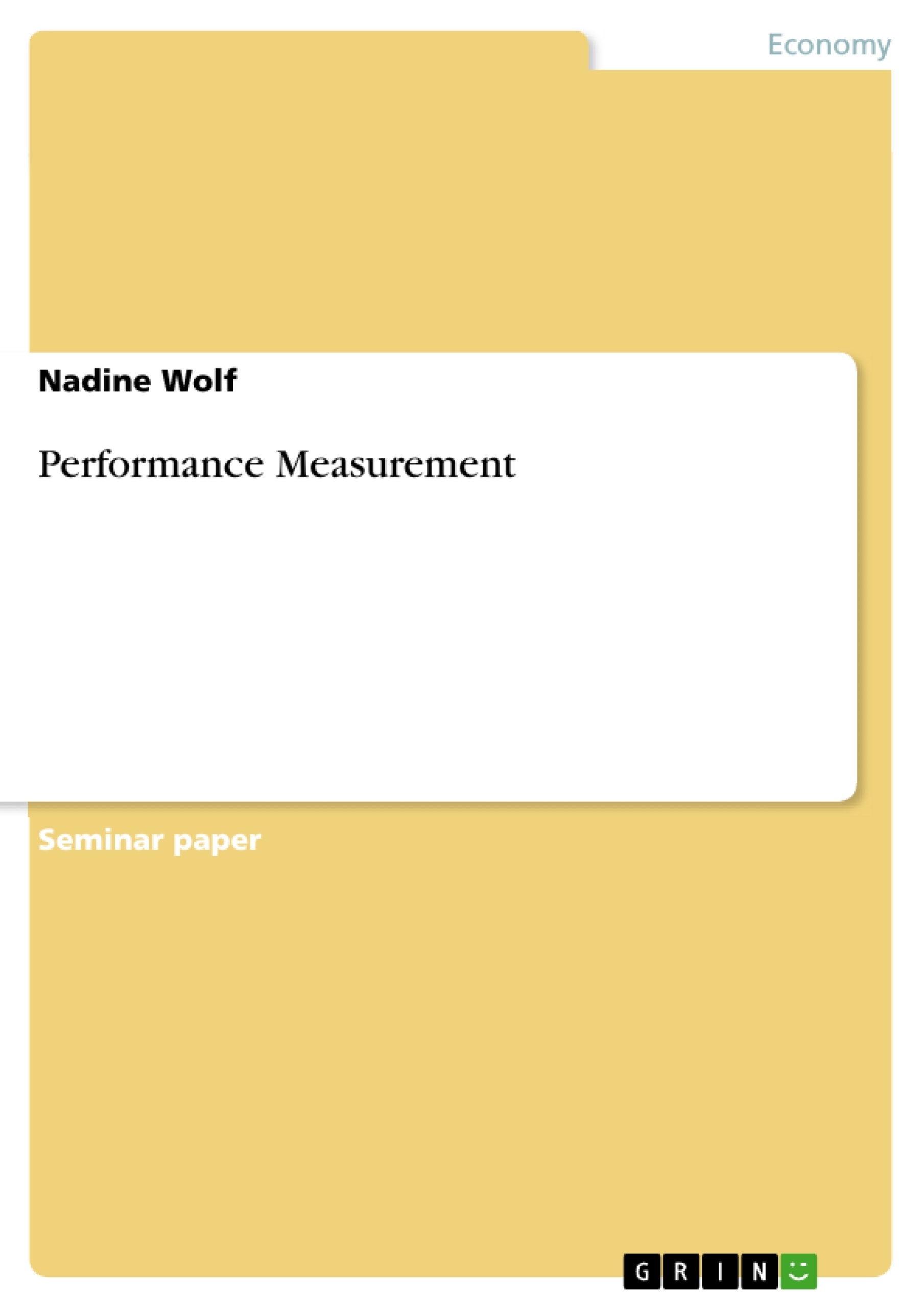In this paper the article “The fall in British electricity prices: market rules, market structure, or both?” from Natalia Fabra and Juan Toro will be summarized first, mentioning the argumentation concerning their research and the contribution of the findings to theoretical or empirical knowledge. Subsequently, conclusions made in the article “How sweet it is” by Dennis W. Carlton and Jeffrey M. Perloff, are examined stressing the theoretical model of performance measurement with regard to the Lerner Index which both papers are based on.
Contents
List of Abbreviations
1 Introduction
2 Summary of a Selected Economic Article
3 Relation of the Article and the Underlying Economic Concept
4 Conclusion
List of References
List of Abbreviations
illustration not visible in this excerpt
1 Introduction
In this paper the article “The fall in British electricity prices: market rules, market structure, or both?” from Natalia Fabra and Juan Toro will be summarized first, mentioning the argumentation concerning their research and the contribution of the findings to theoretical or empirical knowledge. Subsequently, conclusions made in the article “How sweet it is” by Dennis W. Carlton and Jeffrey M. Perloff, are examined stressing the theoretical model of performance measurement with regard to the Lerner Index which both papers are based on.
2 Summary of a Selected Economic Article
After the British government put into force the New Electricity Trading Arrangements (NETA) in 2001 the market situation in the electricity industry changed and energy prices and the Lerner Index, respectively, declined. N. Fabra and J. Toro surveyed the development of the British energy market relating to the connection between market rules, market structure and market power. The regulatory interventions according to NETA replaced the formerly used uniform-auction by a short-term balancing market. Thus, participants were now required to agree on exchange of energy in advance of actual production. The British regulatory authority detected a decline in electricity prices one year after the arrangements were settled. This development led to a debate concerning the question of weather NETA was responsible for the price drop. Two views pertaining to this issue were elaborated:
First, with reference to J. Bower and D. Newberry the decline was caused by asset divestitures, the increase in imports and the high excess of capacity. This view is a result of a regression model considering capacity concentration indexes and a set of dummy variables for NETA and other regulations. It determined the influence of the regulatory investigation as not statistically significant.
Second, relating to J. Evans and R. Green the announcement of NETA provoked a decrease in prices due to the fact that now the producers had to expect lower prices in the future, which lead to a collapse of pricing agreements. This was supported by empirical explanations for two alternatives in relation to Lerner Index’s development. On the one hand a decrease in market concentration before NETA on the other hand a change in market rules. However, the latter was proven by the model.
N. Fabra and J. Toro argued that the reason for this development could be found in both, the issue of several regulatory interventions and a decrease of concentration. They supported their view empirically by combining and altering the models which the first opinions were based on. Hence, they considered the number of observed breaks in the Lerner Index within the relevant time period and their dating as unknown variables and the regulations caused by NETA as potentially significant to the development of the Lerner Index. Consequently, they created a regression model that explains the connection of the governmental interventions, the Lerner Index, the Herfindahl-Hirschmann Index (HHI) and the demand-capacity ratio.
They first constructed intervals with regression functions for the break dates, which enabled the estimation of the “go-live” times of the NETA and other regulations. Though, they ignored the a priori knowledge of the actual timing. The result enabled assumptions about the fact that NETA is to be included in the time interval. Similar calculations, correcting the influence of HHI showed still a decrease in the Lerner Index within those intervals. The research confirms the significance of concentration rates, expressed by HHI and the implementation of a regulatory intervention on market power. Therefore, the results of their research offered additional contribution on the theory that both, market rules and market structure were responsible for the decline of the Lerner-Index and that market regulation can lead to price declines.[1]
3 Relation of the Article and the Underlying Economic Concept
The findings made by N. Fabra and J. Toro empirically support the Lerner Index model, mentioned by D.W. Carlton and J.M. Perloff as well.
[...]
[1] Cf. FABRA, N./TORO, J. (2003), p. 1-7
- Arbeit zitieren
- Dipl.-Kffr. Nadine Wolf (Autor:in), 2005, Performance Measurement, München, GRIN Verlag, https://www.grin.com/document/58434
-

-

-

-
Laden Sie Ihre eigenen Arbeiten hoch! Geld verdienen und iPhone X gewinnen. -

-
Laden Sie Ihre eigenen Arbeiten hoch! Geld verdienen und iPhone X gewinnen. -

-
Laden Sie Ihre eigenen Arbeiten hoch! Geld verdienen und iPhone X gewinnen. -

-
Laden Sie Ihre eigenen Arbeiten hoch! Geld verdienen und iPhone X gewinnen. -

-
Laden Sie Ihre eigenen Arbeiten hoch! Geld verdienen und iPhone X gewinnen.

